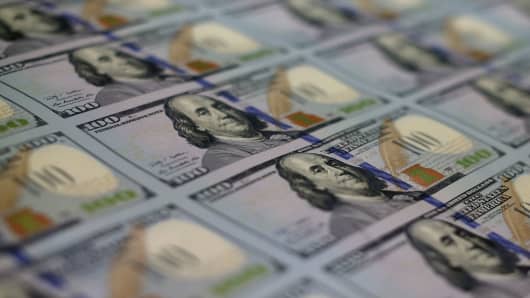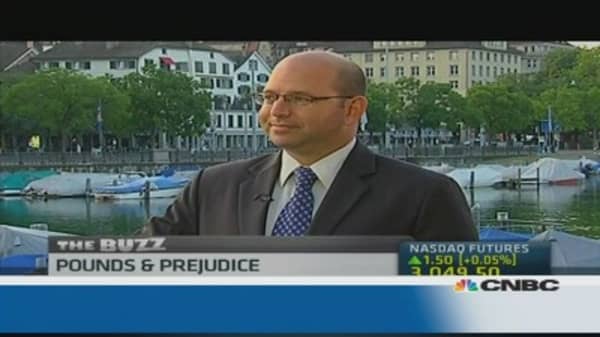The dollar fell to a fresh one-month low against the euro on Thursday in thin trading, as investors tested key resistance levels in the euro zone currency on a day when sentiment on the greenback was gloomy after less upbeat U.S. economic data.
The euro hit a high of $1.3295, the highest since June 20. The euro was last at $1.3291, up 0.7 percent on the day.
The dollar also fell to a session low against the yen of 99.04 yen, down roughly 1.2 percent on the day.
The euro was up after an earlier German Ifo survey showed business morale was slightly better than expected. The influential think tank's business climate index rose to 106.2 in July from 105.9 a month ago, just ahead of forecasts of a 106.1 reading.
The euro waxed and waned after the news but picked up momentum as U.S. buyers entered the market.
The New Zealand dollar rose to a one-month high as investors detected a more hawkish tone from the Reserve Bank of New Zealand.
(Read more: Warning: A 15% drop in US dollar may be coming)




